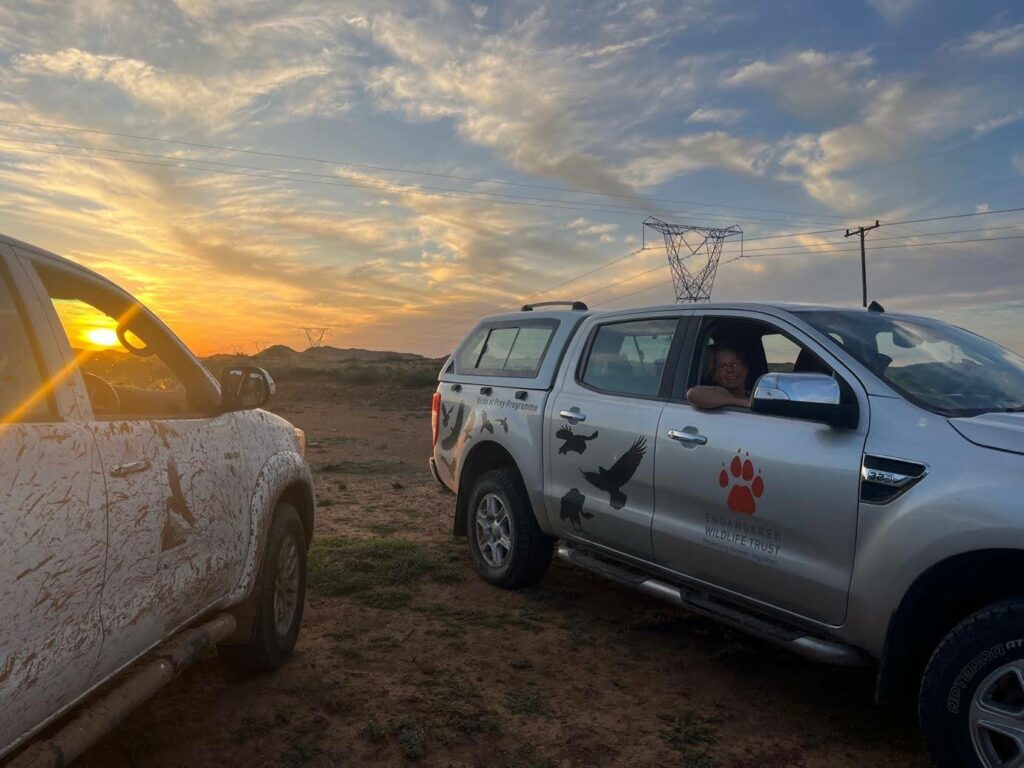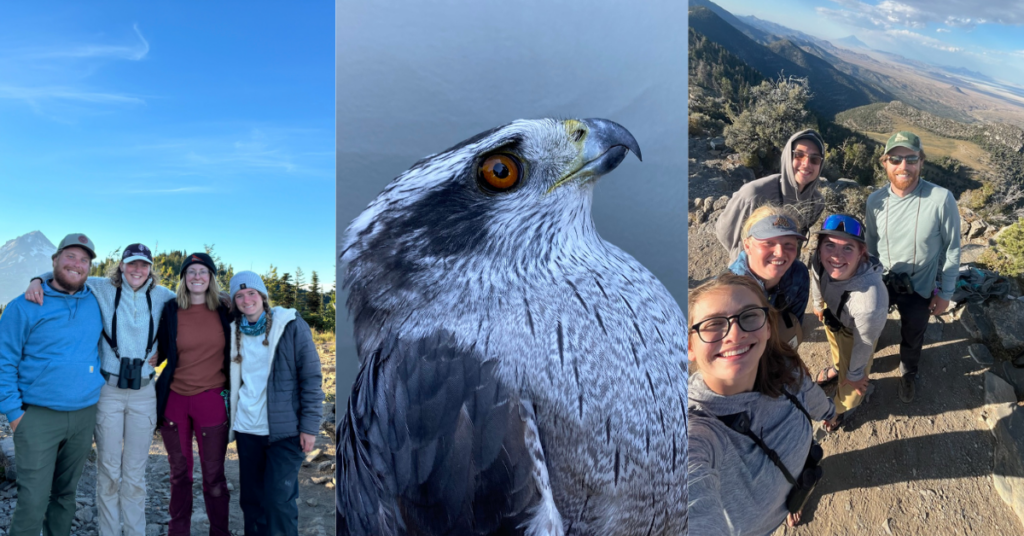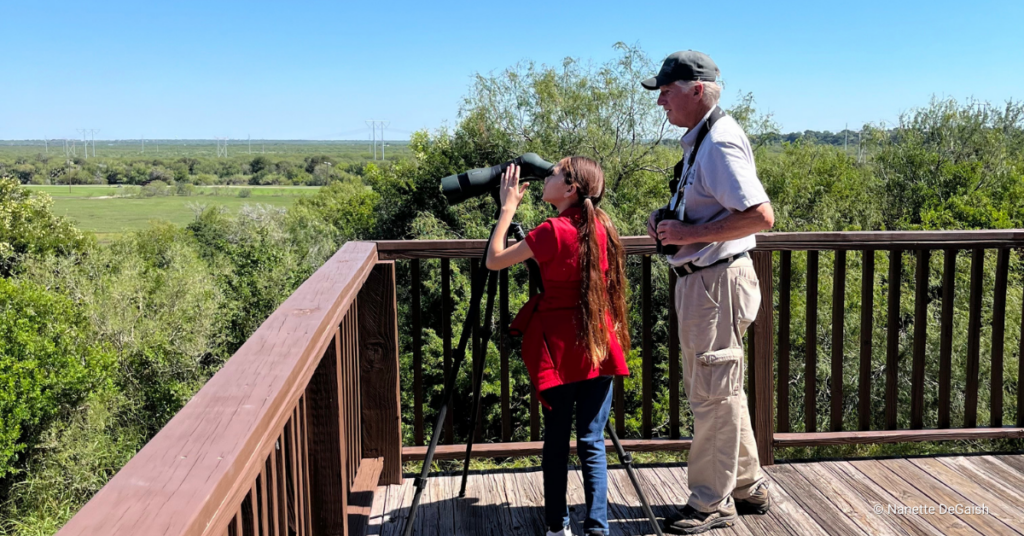Around the world conservationists are working towards more sustainable power solutions and wind energy has emerged as a leading source of renewable energy. Over the past decade, the wind energy industry in South Africa has grown significantly. There are now more than 30 utility-scale operational wind farms that supply energy to power approximately 3.6 million homes annually.
However, there are considerable concerns over the impact wind energy is having on the country’s birds. In particular, collisions with wind turbines pose a threat to vulnerable raptors. One proposed solution to reduce this impact is painting turbine blades a high-contrast color (black or red) to increase their visibility to flying birds.
The few experiments so far that have assessed the success of blade painting have monitored the number of collisions by searching for carcasses under turbines both before and after painting, and on test and control turbines. This allows a comparison of the number of birds killed per turbine on painted and unpainted structures. An experiment like this in Norway found that painting one blade of turbines black reduced bird collisions by 70%1. However, there are various drawbacks to this approach. Not all carcasses will be found, some might be removed by scavengers, and the vegetation under turbines may be different and impact searcher efficiency. In addition to this, the sample sizes of carcasses found are generally small, especially when assessing a specific species, so getting statistically significant results can be difficult or take many years, especially when it comes to raptor collisions.
An alternative approach to investigating if blade painting can reduce collisions is to look for an individual-level behavioral response, especially for specific collision-prone raptors. In 2022 we started GPS tracking Verreaux’s Eagles at a wind farm in South Africa so that we could answer the important question; do eagles avoid painted turbines more than unpainted turbines?
After a long wait, the wind farm where we have been working now finally has permission to proceed with painting a sample of the turbines. Some turbines will remain unpainted as an experimental control. Before this happens later this year, we wanted to put GPS devices on a few more of the resident Verreaux’s Eagles for the study.
I just spent 10 days in the field, assisted by Ronelle Visage from the Endangered Wildlife Trust, with the goal of tagging two more Verreaux’s Eagles for the study. It’s not the best time of year for eagle trapping, and invariably with field work, something unexpected happens, so I knew this was an ambitious goal. But I didn’t want to wait until later in the season, since we really wanted that pre-painting data.

The project is in a remote part of South Africa, it’s a long drive, and we need to be prepared for everything. It’s usually an arid area, but this trip we had to battle thick mud from recent rains, making good use of our trusty 4×4.
It took a few long days to work out what the eagles were up to. One of the pairs we are monitoring had moved nest site, from their usual spot on a cliff, to a new nest on an electricity pylon. We made a few attempts at trapping and after some long days in the field succeeded in tagging not just two, but three eagles.
The eagles fitted with transmitters included one pair—only the second time that a Verreaux’s Eagle pair has ever been tracked. The eagles tracked for this project are all residents around the wind farm and interact with turbines on a near-daily basis. We hope this data will contribute to understanding if blade painting can be used as a successful mitigation tool to avoid further wind turbine collisions for this species.

Want to learn more about where raptors are flying? Sponsor a transmitter and you will receive quarterly reports from Meg on your bird’s movement. You’ll even have the chance to name your bird! Click here to learn more: https://hawkwatch.org/transmitters/
This blog was written by Dr. Megan Murgatroyd, HWI’s Associate Director of African and Asian Programs. You can learn more about Meg here.


